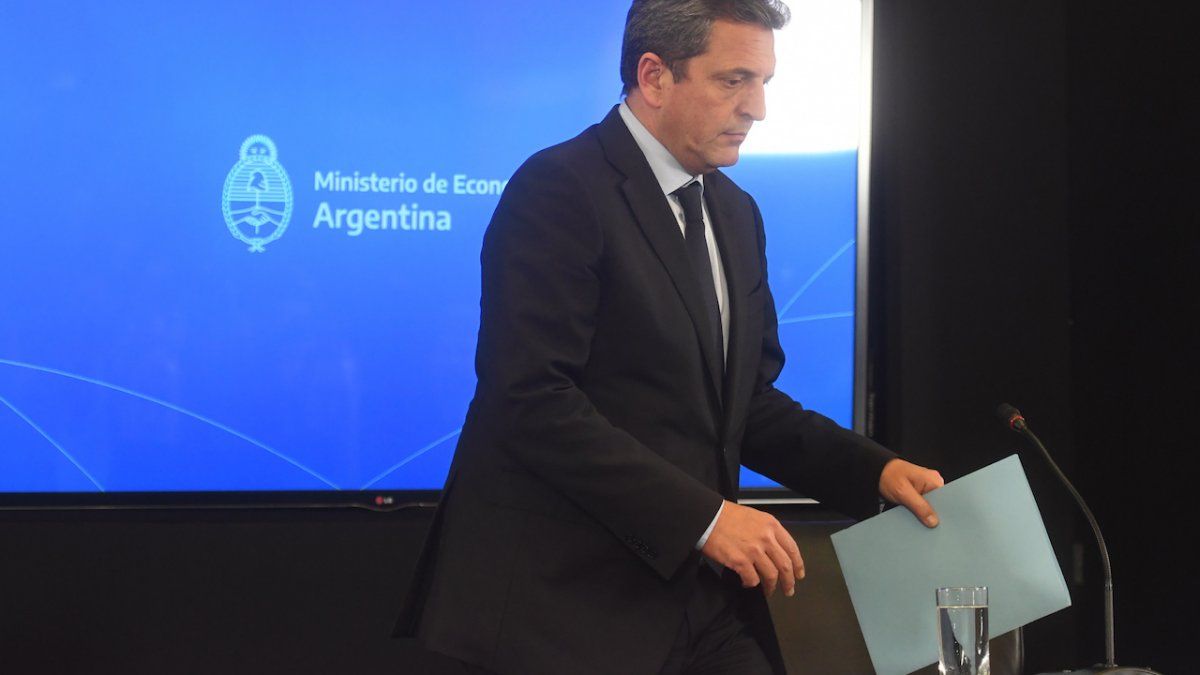The year 2022 is considered a year of transition between what were the mid-term elections of 2021, which generated a break inside the ruling party, and the presidential election next year. For a time, the government’s plan was simply to hold out until 2023, however, many setbacks made that plan unfeasible and forced them to react ahead of time.
Argentina is going through an extremely complex moment, in which negative external shocks, internal political conflicts and an imbalance of public accounts converge, leading the economy to consolidate in a 3-digit inflationary scheme.
In the midst of this context, Sergio Massa arrives to lead the Ministry of Economy, a somewhat disturbing and predictable designation, with the aim of redefining economic policy, something that Martín Guzmán could not do and Silvina Batakis did not even have time to try.
The challenge is very great. This new economic team is forced to consolidate public accounts, strengthen reserves, return to a trade balance surplus and tame economic variables, such as the inflation and the exchange rate.
Criticism of Plan Massa
The questions to mass plan they did not take long to arrive. There are those who say that, due to the excess of pesos in the economy, any type of fiscal adjustment that they want to implement will be insufficient. On the other hand, there are those who believe that, even though they have all the economic policy in favor of implementing cuts in public spending, the acceleration of inflation is reason enough to cause insurmountable fissures in Sergio’s plan.
With respect to inflation, In addition to the monthly data, began to worry the frequency with which prices began to increase. Until a few months ago, although inflation was felt, most products changed their prices once or twice a month, that is, not all products changed their prices every week of the month.
Now, what has begun to be identified is that all goods change their prices every week, with which the dynamics and frequency of inflation began to accelerate. An inflationary context is marked by two issues, the percentage and the frequency of variation. Let’s sing bingo that we have full cardboard.
So much so that Matías Tombolini, the new Secretary of Internal Trade, not only relaunched the Care Prices program with the aim of returning to having reference prices, but also suggested monitoring prices week by week, validating the idea that the frequency of price increases during the month accelerated.
On the other hand, the Argentine exchange scheme has long been in the spotlight. With so much political turmoil, the alternative dollars skyrocketed and the gap with the official dollar exceeds 100%, which immediately becomes a disincentive to export and a stimulus to import.
This becomes a vicious circle. With the intention of stopping the outflow of dollars due to imports, the government intervenes by applying more and more restrictions. This makes the importer change the price formation regime. As many can no longer import the official dollar, which would value the merchandise at $137.40, for having covered the quota enabled by the MULC (Single and Free Exchange Market), those who want to bring merchandise from abroad are doing so through alternative dollars, either MEP or CCL, which began to value the merchandise at an exchange rate that flirts with $300. A little more fuel for inflation.
There is a growing consensus that the official exchange rate needs to correct its value. In time, it will become unsustainable to keep running inflation from behind. For the month of August, monthly inflation is projected between 6.5% and 7.0% while, if we compare the official price of the date against the value of the same day of the previous month, we get a devaluation rate of around at 5.5%.
With all this on the table, it will be very difficult for the economy to grow. For this year the expectation is set on GDP growth of around 2%. This growth is mostly due to the positive statistical drag left by last year. The situation becomes more critical for the year 2023, first of all, because this year will not leave any positive momentum, so the economy will have to grow on its own merits due to the evolution of macroeconomic variables during the same year. On the other hand, by the year 2023 is an election year, with the complications that this entails.
Despite this, the INDEC recently presented the data from the Monthly Estimator of Economic Activity, which allows anticipating the quarterly variation rates of the gross product. As of June 2022, the general index showed a year-on-year growth of 6.4%. If we analyze what happened during the second quarter, on average it changed positively by 6.5%. This should be the real year-on-year increase in GDP as of the second quarter of this year, without taking into account the inflationary effect.
Source: Ambito




